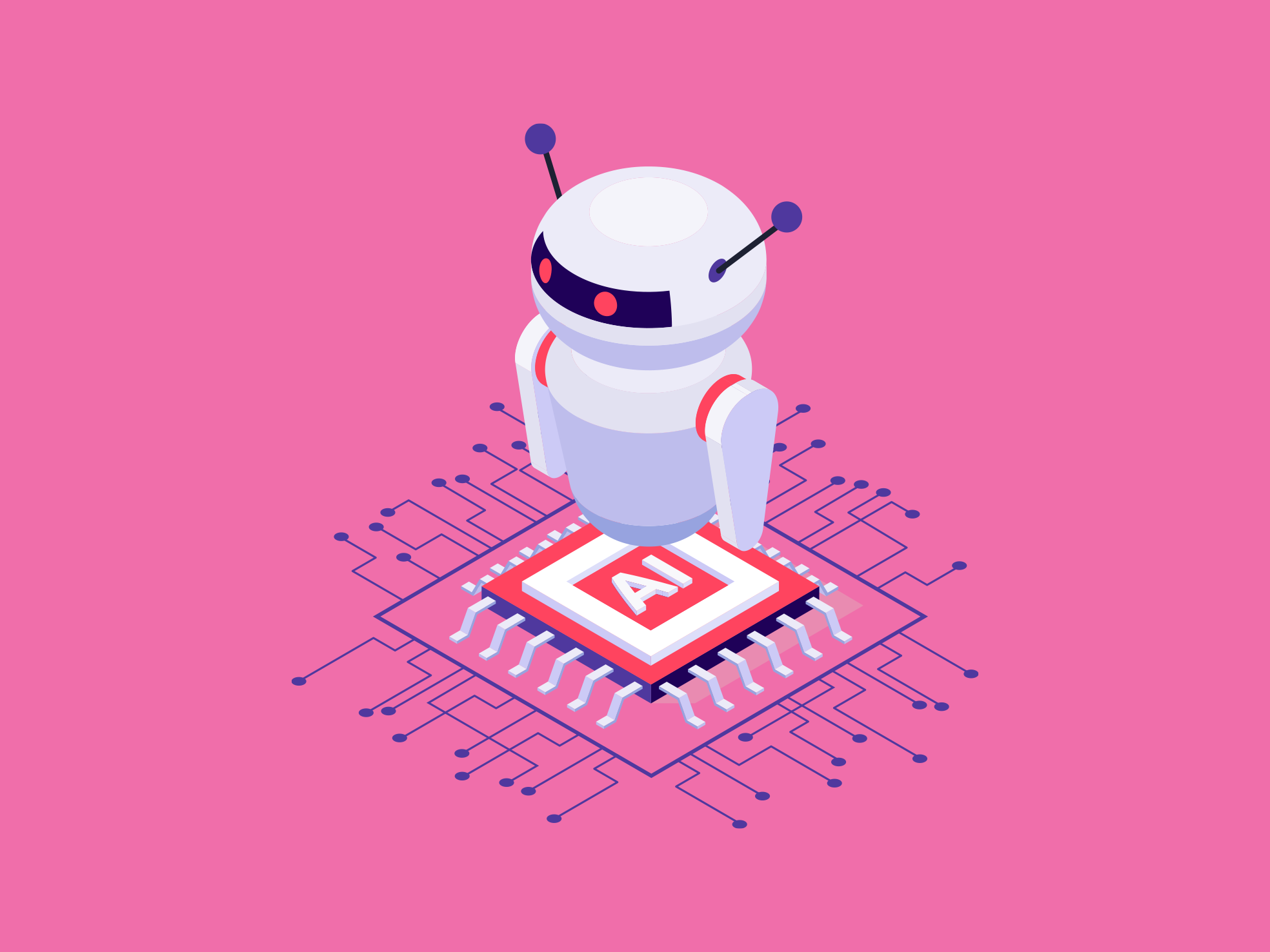The following is from an Artificial Intelligence essay I wrote for my Graduate Certificate in Innovative Learning Design from the Queensland University of Technology (QUT).
Artificial Intelligence (AI) has often been portrayed in dystopian movies as a threat to humanity. However, a closer look reveals its potential to revolutionize healthcare, social issues, and most importantly, unleash human creativity and critical thinking. Embracing AI as a powerful tool can free us from mundane tasks and enable us to focus on building meaningful relationships and connections.
“As AIs become more mainstream and take over mundane and menial tasks, humans will be freed up to do what they do best—to think critically and creatively and to imagine new possibilities.
It’s likely this critical thought and creativity will be augmented and improved by AI tools. In the future, more emphasis will be placed on co-working situations in which tasks are divided between humans and AIs, according to their abilities and strengths.
Perhaps the most important task humans will focus on is creating meaningful relationships and connections. As AIs manage more and more technical tasks, we may see a higher value placed on uniquely human traits like kindness, compassion, empathy, and understanding.
— Singularity University (https://su.org/resources/exponential-guides/the-exponential-guide-to-artificial-intelligence-2/)
”
Understanding Artificial Intelligence and Machine Learning
AI and machine learning (ML) are interrelated technologies where ML enables machines to learn and adapt through repetitive processes, while AI encompasses intelligent task execution. AI aims to simulate human intelligence through iterative steps, gathering sufficient data to make predictions.

Remarkable Examples of AI in Education
24/7 Assistance for students
An AI-powered chatbot served as a virtual teaching assistant at Georgia Tech, responding to students’ questions effectively throughout the semester. Although it took time for the bot to develop its responsiveness, students were surprised by its helpfulness.

Personalized Recommendations and Assessments
Platforms like LinkedIn Learning and Pluralsight leverage AI algorithms to offer personalized recommendations and adaptive assessments. These algorithms analyse user data to identify relevant skills and tailor learning experiences accordingly.
AI’s Impact on Accessibility and Equity
Google’s speech recognition algorithms automatically generate captions for YouTube videos, translating them into 51 languages. Microsoft’s Seeing AI app assists blind individuals by using AI to identify and audibly announce objects captured by a smartphone’s camera. AI is also used by Catalyte, a software development company, to objectively identify potential programmers, eliminating human biases.
What are the potential problems?
Potential Challenges: Ethical Concerns: Privacy becomes a critical issue as AI relies on data accumulation for analysis. Questions arise regarding data collection, storage, and ownership. If mishandled or exploited, seemingly harmless information can have detrimental consequences.
Data Quality and Bias: The principle of “garbage in, garbage out” applies to AI, as inaccuracies or manipulated data can lead to unreliable outcomes. AI bias is another concern, where unconscious biases of creators influence the AI’s results. For instance, Amazon’s AI-based hiring system exhibited gender bias due to biased training data.
Conclusion
Artificial Intelligence holds immense potential to transform education and human society. By harnessing AI’s capabilities, we can augment our critical thinking and creativity while delegating mundane tasks to machines. However, careful attention must be paid to ethical considerations, data quality, and bias to ensure AI’s positive impact on learning and beyond.
“AI is perhaps the granddaddy of all exponential technologies—sure to transform the world and the human race in ways that we can barely wrap our heads around.
— Artificial Intelligence | Future of Everything with Jason Silva – https://youtu.be/qjvhl3TjLjg
”

References
Bloomberg Technology. (2019, June 3). How catalyte is using AI to close the tech talent gap. YouTube. https://youtu.be/XBF11St81Pw
Choney, S. (2019, December 2). Bonjour! Bienvenidos! Seeing AI expands to 5 new languages. Microsoft Stories. https://news.microsoft.com/features/bonjour-bienvenidos-seeing-ai-expands-to-5-new-languages/
Curtis, A. (Host). (2018). AI and machine learning for team assembly (No. 10) [Audio podcast episode]. In Sourcing for innovation. https://soundcloud.com/catalyte-sourcing-for-innovation/ai-and-machine-learning-for-talent-discovery
EDUCAUSE. (2020). AI/Machine Learning Education Applications. 2020 EDUCAUSE Horizon Report | Teaching and Learning Edition, 17–19. https://qut.primo.exlibrisgroup.com/permalink/61QUT_INST/1g7tbfa/alma991009861537204001
Harrenstien, K. (2009, November 19). Automatic captions in YouTube. Google Blog. https://googleblog.blogspot.com/2009/11/automatic-captions-in-youtube.html
Lee, D. (2016, March 25). Tay: Microsoft issues apology over racist chatbot fiasco. BBC News. https://www.bbc.com/news/technology-35902104
LinkedIn Learning. (n.d.). LinkedIn learning product overview. LinkedIn Learning. Retrieved April 8, 2021, from https://learning.linkedin.com/product-overview#personalized
Marr, B. (2021, February 12). How is artificial intelligence (AI) used in education? YouTube. https://www.youtube.com/watch?v=xW1jg1UiVwo
Microsoft. (2019, December 3). Seeing AI: Making the visual world more accessible. YouTube. https://youtu.be/DybczED-GKE
Pluralsight. (n.d.). Accuracy and Pluralsight’s adaptive assessment engine [White Paper]. https://www.pluralsight.com/content/dam/pluralsight2/product/iris/AdaptiveAssessments_af_v1.pdf
Preston, J. (2020, January 24). The world’s first AI teaching assistant turns 4. Georgia Tech. https://www.cc.gatech.edu/news/631545/worlds-first-ai-teaching-assistant-turns-4
Reuters. (2018, October 10). Amazon ditched AI recruiting tool that favoured men for technical jobs. The Guardian; https://www.theguardian.com/technology/2018/oct/10/amazon-hiring-ai-gender-bias-recruiting-engine
SIngularity University. (n.d.). AI – the exponential guide to artificial intelligence. Singularity University. Retrieved April 7, 2021, from https://su.org/resources/exponential-guides/the-exponential-guide-to-artificial-intelligence-2/
Tonar, R. (2018, August 18). AI and technological determinism: Will AI exacerbate inequality or destroy it? And do we have a say? Medium. https://medium.com/@AItheist/a-i-and-technological-determinism-will-a-i-c294a12abc0a
Varela, L. (2017). “Interesting” [Artwork]. In Financial Times. https://www.ft.com/content/7a0512fa-8d0c-11e7-a352-e46f43c5825d

